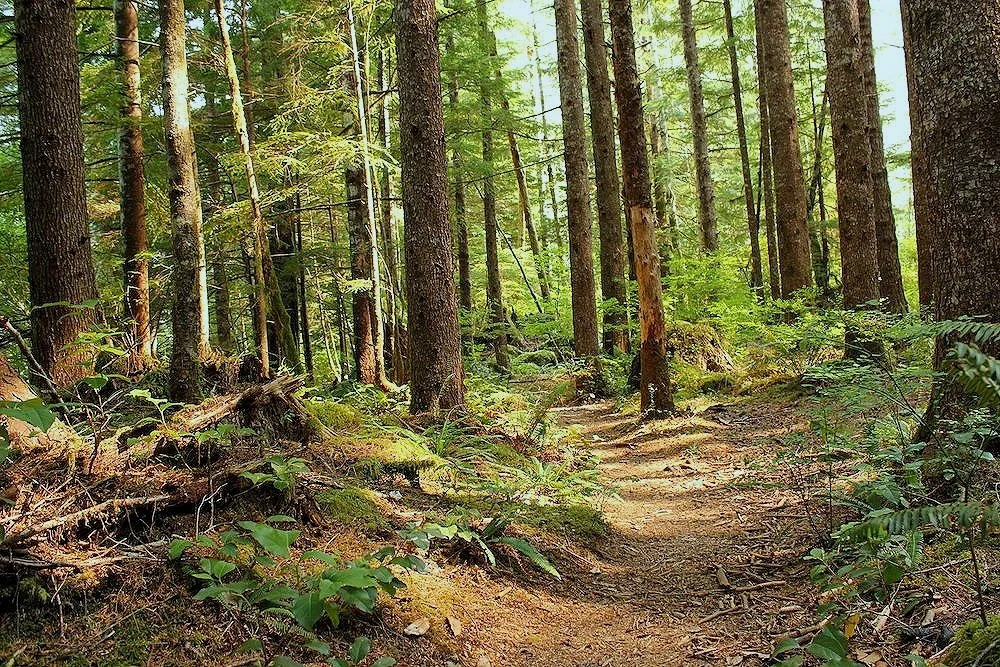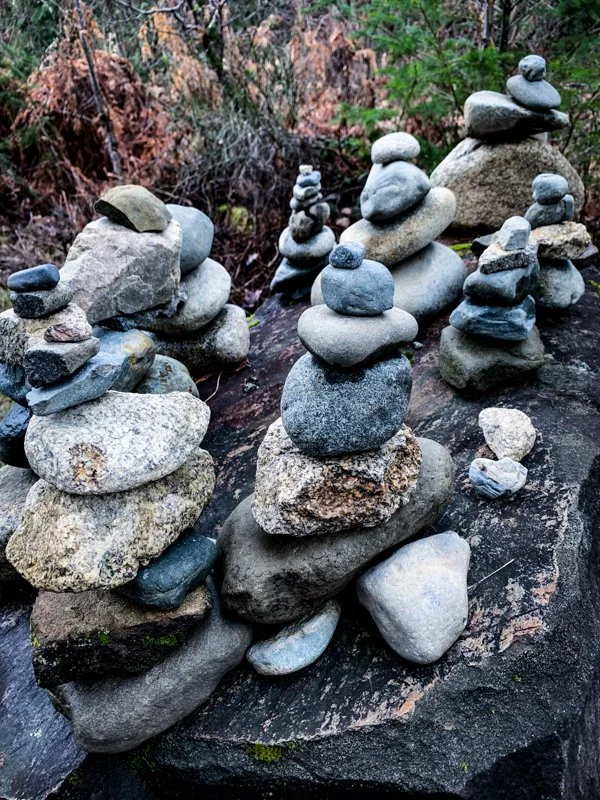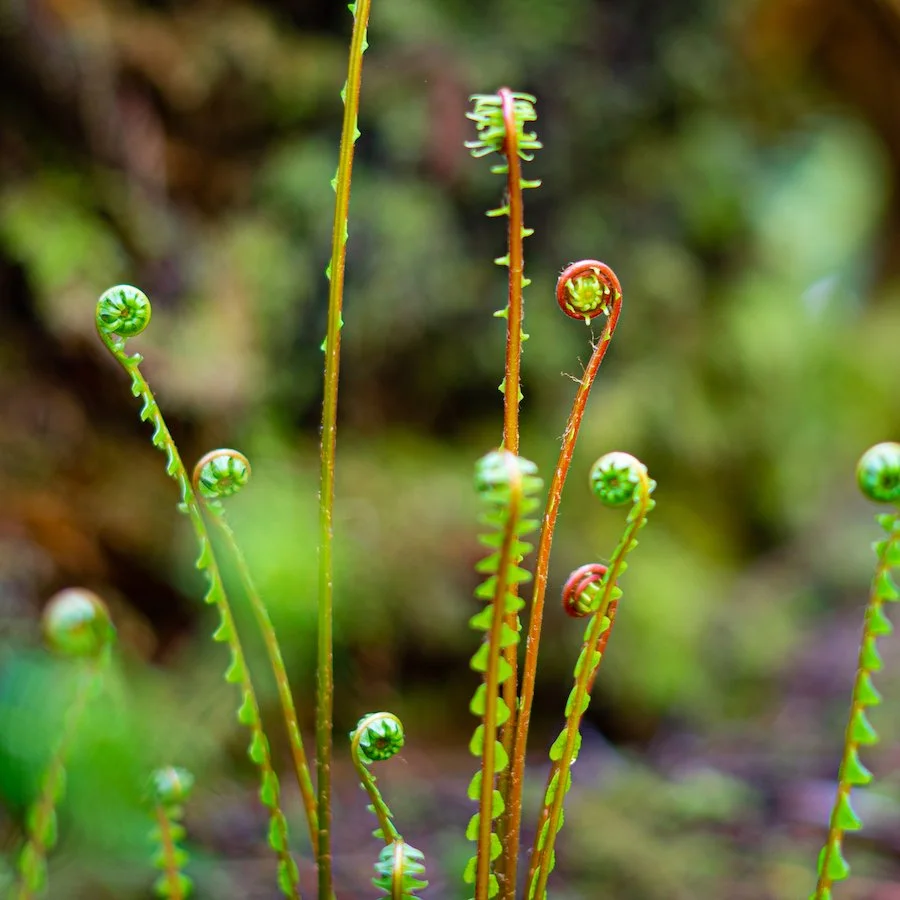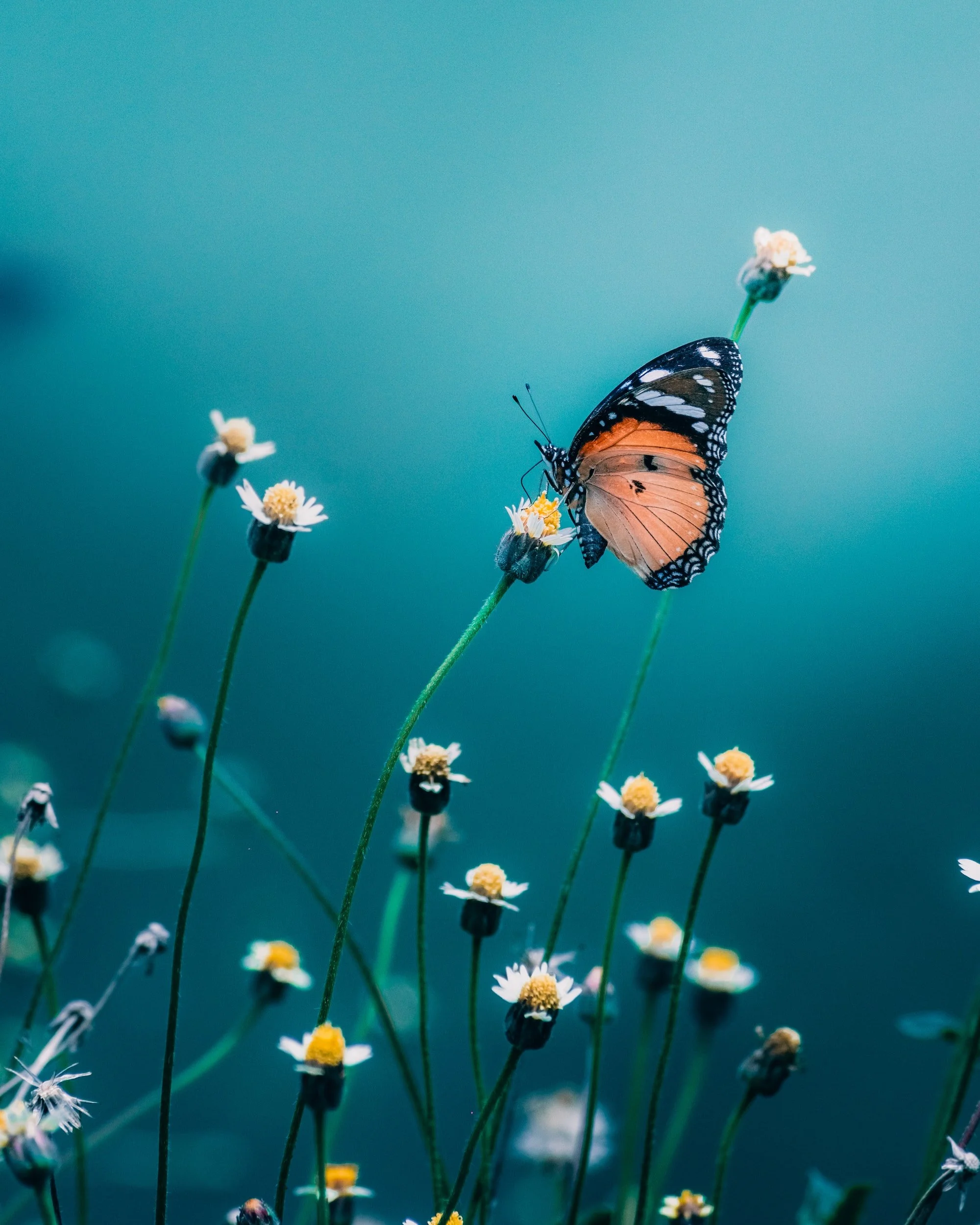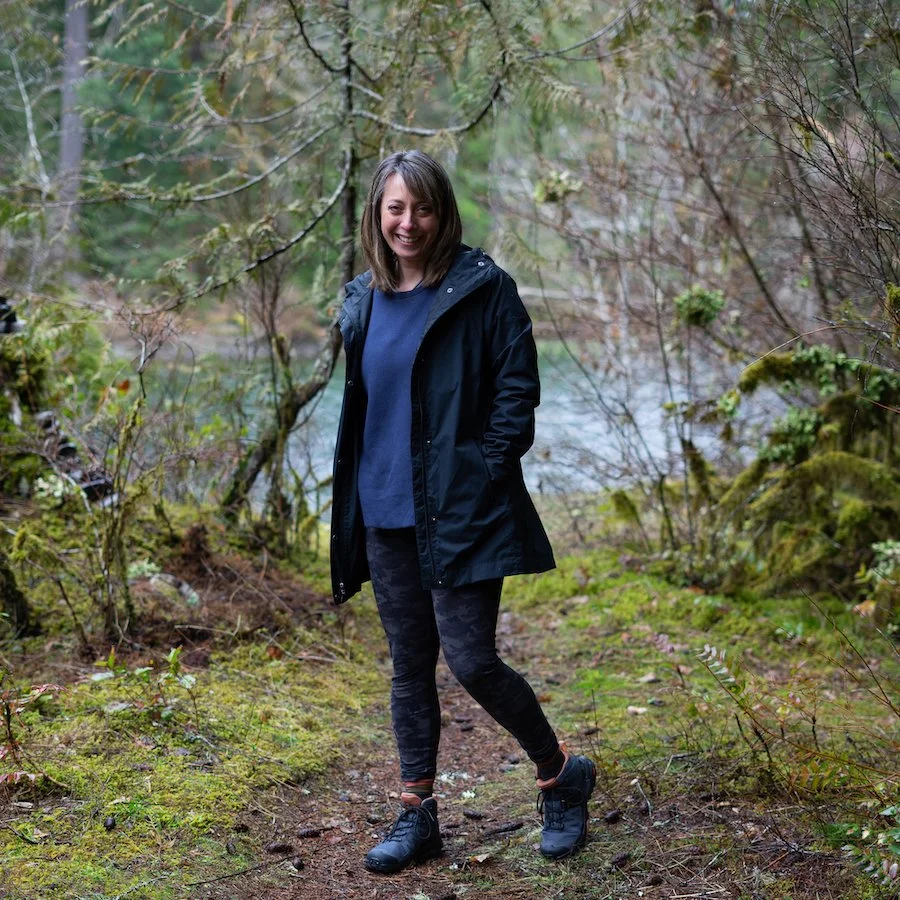Walking and wellbeing - a gift of self awareness. Travel deeper on foot!
“So much in our lives is fast paced. Walking is a slow undertaking. It is among the most radical things you can do. ”
One year ago I began to prepare for my first solo long distance walk. My approach was focused on the physical preparation of walking and the organization of my itinerary. I made the assumption that any aha moments on my carefully crafted journey of self-discovery was going to be as a result of being solo, not from walking.
I was wrong. Walking was the catalyst for learning about myself as much, if not more, than being on my own. Along with good science, the experience convinced me that there is a self-development connection between walking and wellbeing.
In an article I wrote for JourneyWoman soon after my walk, I reflected that one of the gifts I received from the experience was finding a meditative rhythm in walking. I wrote, “I chose not to listen to music or audiobooks as I wanted to ‘stay in the moment’ and was pleasantly surprised that I was not mentally distracted as I walked. I didn’t think about the future or things I had to do when I got home or even where I was going next.
I also didn’t obsess about how my body was feeling physically. In the long stretches of time, the amazing surroundings and the rhythmic nature of walking kept me present, engaged, and relaxed. There was a constant metronome-like cadence of my hiking boots and trekking pole connecting over and over and over on the gravel trails. The predictability was reassuring and stilled my mind.”
Walking, and walking solo, gave me space to travel deeper providing a feeling of interconnectedness and a heightened experience.
Walking and Wellbeing Philosophy
Walking: One step at a time is Erling Kagge’s short, beautiful book steeped with the philosophy of walking. This well-crafted collection of Kagge’s musings and insights on walking is a book full of post-it note worthy snippets that helped me find better words to describe why I walk. While Kagge mentions his incredible expeditions as the first person to complete the Three Poles Challenge (North, South, and Mount Everest), it is his contemplation on normal, everyday walking that makes his philosophy easily relatable.
I offer you 2 nuggets from the book that have re-inspired me to walk for so much more than physical health (which it also helps in spades!).
Walking speed is connected to feeling intensity
“Everything moves more slowly when I walk, the world seems softer and for a short while I am not doing household chores, having meetings or reading manuscripts. … Walking, I become the centre of my own life, while completely forgetting myself shortly afterwards. ”
I noticed and appreciated this phenomenon of the world slowing down on my long-distance walk. My journal (thanks to some pre-trip intention setting) captured my ability to interact more closely with nature given my pace and the length of time I was outdoors everyday. I wrote about the meditative sounds of a gurgling stream, the majesty of moss-covered trees towering overhead, the mystery of the dark, dense forest, and the joyful companionship of a woodpecker, mallard, or flirty chickadee.
“Being March, I looked for early signs of spring and delighted in photography stops which had less to do with having a photo and more to do with interacting with my surroundings. When I take a photo with intention, I slow down, notice colours and details, and appreciate how the world offers beauty in so many different ways.”
The shift to slow is not automatic nor easy. Being in a rush, watching the clock, and having a schedule reduces the capacity to pay attention and notice, even while walking. The key, I think, is to surrender yourself to walking and trust that you’ll ‘get there when you get there’. Kagge writes, “It’s a mistake to think too much about the goal and to ask too often about it. I was happy on those hikes…Happy until the moment when I started asking how much farther it was.”
Well-being is a sense of vitality. When we have well-being, we feel happy, healthy, socially connected, and purposeful. Walking and wellbeing are connected because walking reduces stress, improves mood, elevates energy and it helps us to strengthen other skills like positive thinking and mindfulness.
Wellbeing science also suggests that we benefit from slowing down. Research suggests that effective ways to slow down on a walk for well-being include:
Intentionally slowing down your pace
Pausing (smell the roses, take a photo, read a sign)
Being mindful and/or meditating (walking meditation is a thing!)
Being outside
Having physical contact with the earth (touching more soil can reduce depression, take off your shoes or reach down and touch with your hands!)
Next time you are out for a walk, experiment to see what helps you to notice and feel more intensely by slowing down.
When I walk at a fast pace it feels like many emotions are held at a distance and when I slow down they return.
~ Erling Kagge
2. Walking helps us transition between worlds
Kagge shares insight into how his walk from home to office provides space to change from one self to another: Dad at home versus Editor at the office. He describes them as two different worlds. “As I walk, I feel I have the gift of an additional stretch of time to transition myself from the one reality to the other.”
Transitions are opportunities to increase wellbeing. A commute (by foot or by car), changing clothes (office clothes versus mom clothes), or inserting a transition activity like taking a shower are often suggested as we move between our roles in daily life.
I’d like to take this wisdom a bit farther.
As a woman in my early 50’s I am in the midst of transition. My transition is less about changing from different roles throughout the day and more about changing my roles in life entirely! The role as a mother changes drastically as children leave home, professional roles change with semi- or full retirement, the role of daughter or wife or friend may also be in transition for you.
Walking is one way to create space to support these transitions too.
In a 2023 study published in the Journal New Ideas in Psychology, researchers tackle the topic of long-distance walking and well-being. They ask if walking can lead to personal growth. We know that self-awareness, courage, bodily sensitivity, and silence are involved in supporting personal growth, and their findings suggest that walking does indeed play a role in all these elements of self development.
The study found that:
Walking brings us to a mental state of openness allowing us to contemplate life, take new perspectives and grow our self-awareness.
Walking helps us feel more alive as we confront the silence of nature
Walking is an opportunity to act with independence and influence our identity
On the final day of my walk I became intensely aware of the journey’s impending conclusion. A mixture of excitement, pride, and sadness flooded me. With every step, my thoughts kept returning to the simple moments along the way that highlighted how I felt a connection with the land. This might seem natural given that my journey was only a few hours from my house, but I am not a born and raised west coaster. Instead,as a child I moved every 2-3 years of my life. Three countries, two continents, eight cities, thirteen houses, lots of schools.
I’m glad I lived a nomadic childhood as it instilled a love of travel, yet I’ve also been envious of people who are firmly rooted in one place. My journey of self-discovery on my solo walk came from the literal process of slowly putting one foot in front of the other. The smell of rich soil, the carpet of ferns, the size of the trees, the creeks relentlessly finding a way to the ocean, and the way the clouds clung to the hills helped me to realize that I do have a connection to Vancouver Island and I have landed in a place that feels like home. Even as a traveller and adventure seeker, I am not without roots.
“Walking sometimes means undertaking an inner voyage of discovery. You are shaped by the buildings, faces, signs, weather and the atmosphere. ”
In conversation with women who are embracing the idea that travel is a powerful catalyst for personal growth particularly during times of transition, I ask how they want to feel during and after the trip. I am keen to unpack these ideas further for myself. I figure the best way to do so is to walk!
So what am I going to do about it?
Walk longer and farther than I have before. My next big trip will include a new inn-to-inn walking week, this time FAR from home. As I prepare physically, I am poised, this time around, to also embrace the opportunity of walking and well-being. To slow down and to allow the steps to create space for change in my life. I anticipate it will help to shape who I am becoming.
If the idea of solo walking piques your interest - check out The Go Solo & Thrive Project!

